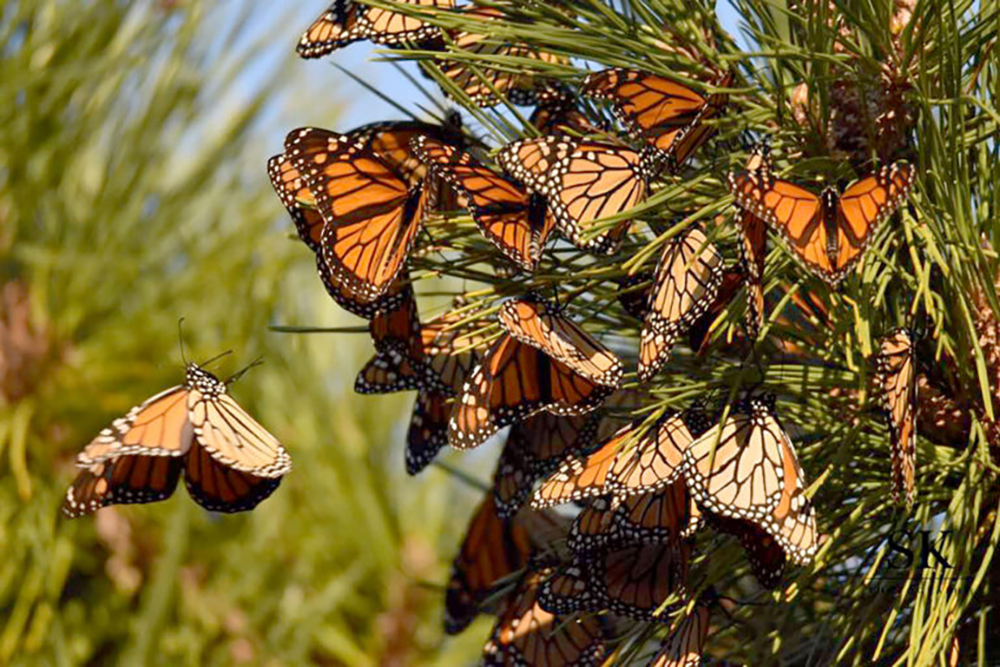By Sarah Fertsch
Staff Writer
As September rolls around, kids head back to school and butterflies head to Cape May.
Monarch butterflies, despite their delicate appearance, travel from New England to Mexico every autumn, making a pit stop in South Jersey around September. The New Jersey Audubon Society tracks the butterflies to ensure that they have a safe flight to their sunny destination. Hundreds of monarchs are identified and tracked as they fly across the country. Their census begins in early September and ends around Halloween.
In the early to mid 20th century, tourists would flock to Cape May to be awed by the hoards of beautiful butterflies gathering around the beach. Today, sadly, the monarch butterfly population is in severe decline, primarily because of increased pesticide use and greater land development by humans. The New Jersey Department of Environmental Protection writes, “The presence of the monarch butterfly represents environmental health and well-being in the state. As the butterfly population has diminished, the environment and earth are in danger.”
Butterflies travel up from Mexico to enjoy warm New Jersey weather each spring. In summer, they mate and females lay eggs in milkweed bushes (otherwise known as butterfly bushes). It is the only plant that supports the growth of young caterpillars. There are approximately 140 species of milkweed, so the monarch butterfly has lots of opportunities to lay her eggs. Once an egg is laid on a milkweed bush, the egg will develop into a caterpillar after three to five days. The caterpillar will feast on milkweed leaves for approximately five days, and after 15 days of life, the caterpillar will start to develop into a fully-grown monarch butterfly, entering the pupa stage. The caterpillar will be in its chrysalis for 15 more days, then spread its wings for the first time as a butterfly.

Newly-formed butterflies then enter an age of sexual immaturity, called diapause. In this stage, the butterfly is focused on learning migration patterns and eating flower pollen. The young monarchs grow thicker abdomens to maximize fat storage to maintain energy for their long flight. A butterfly lives for approximately eight to 10 months, so once it’s time to head back to New Jersey in the spring, the butterfly will lay eggs then sadly pass away. The next generation is born, and ready to grow up and migrate far distances.
Monarchs have a unique migration pattern. The eastern population from New England and Southern Canada travel to Mexico and Southern Florida, while the western population in the Rocky Mountains travel to Western California and Arizona. During their trip, the monarchs have “stopovers,” meaning they will pause their travel to store nectar from flowers for energy. Cape May is one of those spots.
If you see butterflies this next month, be sure to care for the creature by keeping your distance and removing any hazards, such as a frisky cat or electrical wires. If you would like to support the endangered monarch butterfly population, you can plant a milkweed bush in your backyard. They are easily found in garden stores and easy to maintain. They require fairly-dry conditions, so make sure they are planted around rocks, clay, or shells. These bushes grow between two to four feet tall and require full sun exposure. They bloom a beautiful pink color in the summer. Do not spray this plant with fertilizer, as it may harm the butterflies and their babies. Support the monarch butterfly and plant a milkweed bush. You’ll love the views of vibrant orange and black wings fluttering by your window.
Photos by Steffen Klenk










